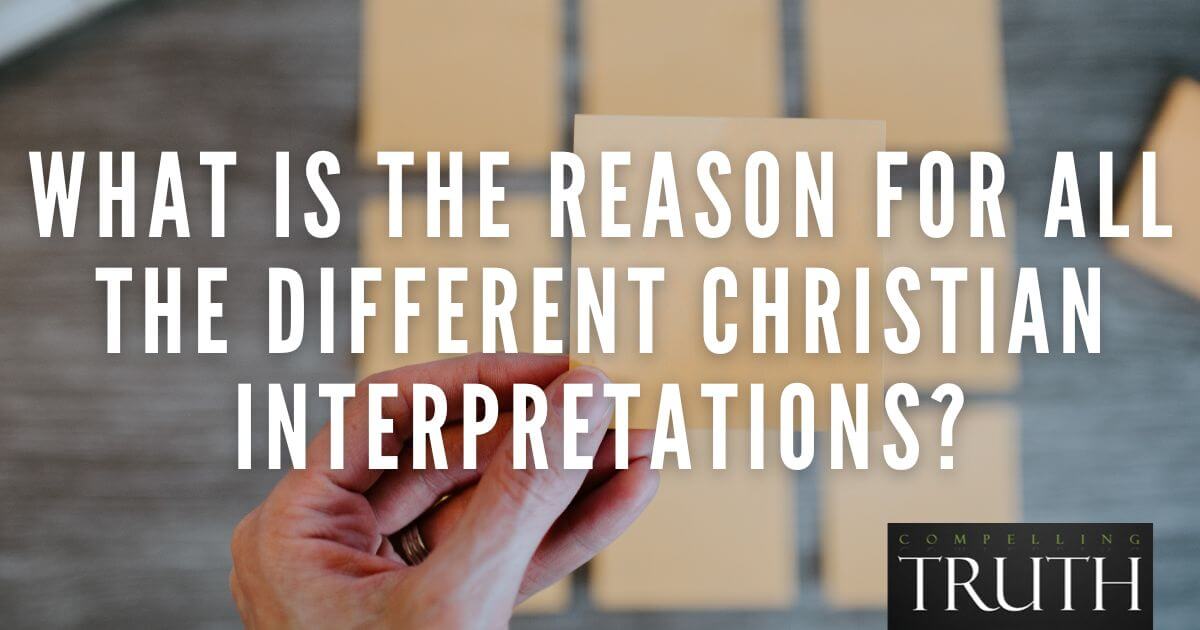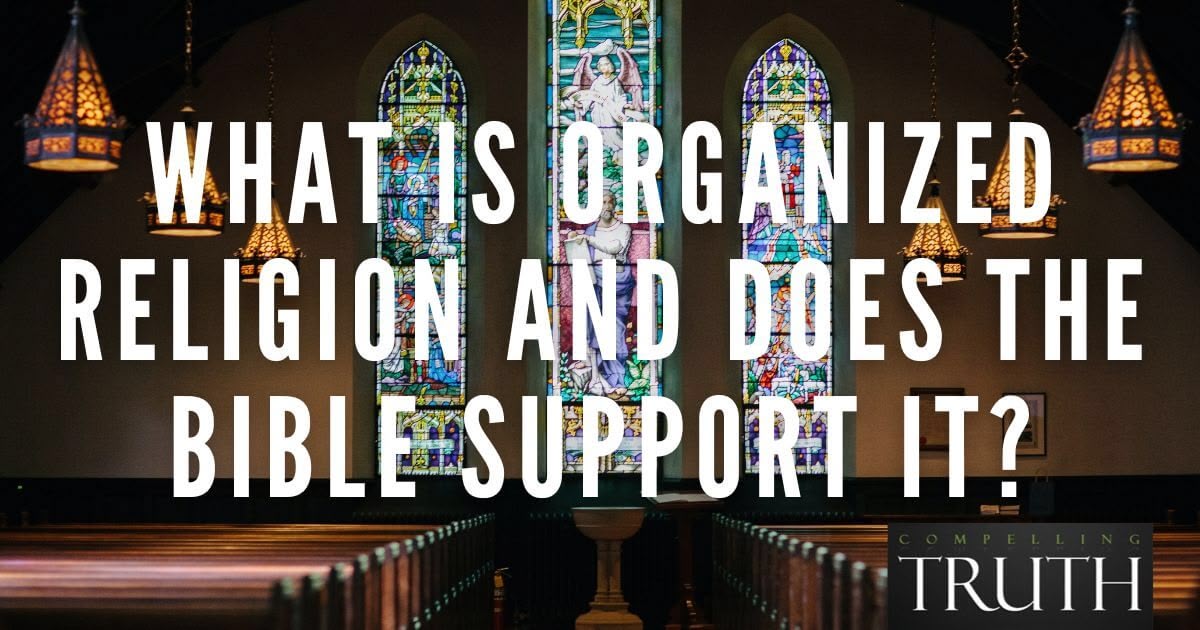Until the 1500s, the Western Church was primarily controlled or led by the Roman Catholic Church. Many believed certain traditions and teachings were unbiblical and sought to provide an alternative. The Protestant Reformation is typically noted as originating with the posting of the 95 Theses by Martin Luther on the doors of All Saints' Church in Wittenberg on October 31, 1517. This date is still celebrated each year by many churches as Reformation Day.
These 95 Theses included specific practices and teachings in the Catholic Church Martin Luther believed were in contrast with biblical Christianity. Though his original intent was not to start Protestant Churches, the need soon became evident. Luther experienced much persecution from the Catholic Church's leaders and helped in the start of what would become the Lutheran Church movement, one of the major groups of Protestant Churches to start during this time.
John Calvin, Huldrych Zwingli, and other reformers also arose during this period to help further expand the impact of these new Protestant Churches. This movement soon spread from Germany and Switzerland to England and throughout the British Isles. The Protestant Reformation would later serve as the basis for the religious freedom sought by many British Christians who left the nation in search of greater religious freedom in America.
The primary basis of the Protestant Reformation was built on five foundational theological beliefs known as the Five Solas. These included Sola Scriptura (Scripture alone as the authority for Christian beliefs), Sola Gratia (salvation as the result of God's grace alone), Sola Fide (salvation by faith alone), Sola or Solus Christus (Salvation in Christ alone), and Soli Deo Gloria (for God's glory alone).
In addition to these core beliefs, the Protestant Reformation rejected the authority of the Catholic pope and the belief in apostolic succession. Further, the Protestant Reformers rejected the practice of indulgences, or paying money to the church in exchange for the forgiveness of sins. Other rejected practices included prayers to the saints, the belief in sacred tradition (that church tradition held equal authority with Scripture), and the teaching that salvation is found only within the Catholic Church, among others.
These Protestants (those who protested against certain beliefs and practices within the Catholic Church) quickly grew in number and strength. Today, statistics show the numbers of those listed as Catholics and Protestants as approximately equal numbers, revealing the significant religious and cultural impact of this movement over the past 500 years.
These 95 Theses included specific practices and teachings in the Catholic Church Martin Luther believed were in contrast with biblical Christianity. Though his original intent was not to start Protestant Churches, the need soon became evident. Luther experienced much persecution from the Catholic Church's leaders and helped in the start of what would become the Lutheran Church movement, one of the major groups of Protestant Churches to start during this time.
John Calvin, Huldrych Zwingli, and other reformers also arose during this period to help further expand the impact of these new Protestant Churches. This movement soon spread from Germany and Switzerland to England and throughout the British Isles. The Protestant Reformation would later serve as the basis for the religious freedom sought by many British Christians who left the nation in search of greater religious freedom in America.
The primary basis of the Protestant Reformation was built on five foundational theological beliefs known as the Five Solas. These included Sola Scriptura (Scripture alone as the authority for Christian beliefs), Sola Gratia (salvation as the result of God's grace alone), Sola Fide (salvation by faith alone), Sola or Solus Christus (Salvation in Christ alone), and Soli Deo Gloria (for God's glory alone).
In addition to these core beliefs, the Protestant Reformation rejected the authority of the Catholic pope and the belief in apostolic succession. Further, the Protestant Reformers rejected the practice of indulgences, or paying money to the church in exchange for the forgiveness of sins. Other rejected practices included prayers to the saints, the belief in sacred tradition (that church tradition held equal authority with Scripture), and the teaching that salvation is found only within the Catholic Church, among others.
These Protestants (those who protested against certain beliefs and practices within the Catholic Church) quickly grew in number and strength. Today, statistics show the numbers of those listed as Catholics and Protestants as approximately equal numbers, revealing the significant religious and cultural impact of this movement over the past 500 years.



